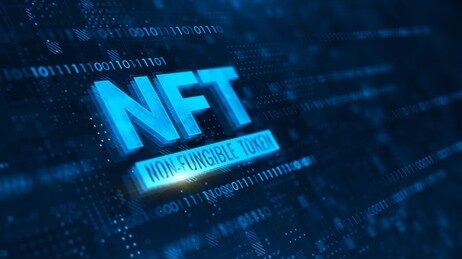Web3 is not just a buzzword. It’s the next iteration of the internet, poised to revolutionize how we interact with information and the digital world around us. Imagine a future where you own your data, transactions are secure and transparent, and platforms are built for the community, not corporations. That’s the promise of Web3.
What is Web3?
Web1, the early days of the internet, was a read-only experience. Web2, the current era, is dominated by centralized platforms like Facebook and Google, who control our data and reap the majority of the profits from our online activities.
Web3, on the other hand, is decentralized. This means there’s no single entity in control. Instead, it runs on a network of interconnected computers, powered by blockchain technology. This allows for:
- Decentralization: No central authority controls the network.
- Transparency: All transactions are recorded on a public ledger, making them tamper-proof and transparent.
- Security: Blockchain technology makes Web3 inherently secure and resistant to censorship.
- Data Ownership: Users own their data and can choose how it’s used.
How Does Web3 Work?
Web3 uses several key technologies to function:
- Blockchain: A distributed ledger technology that stores data securely and transparently.
- Cryptocurrencies: Digital assets used for transactions and governance on the network.
- Decentralized Applications (dApps): Applications built on top of the blockchain that don’t rely on a central server.
- NFTs: Non-fungible tokens representing unique digital assets like art, collectibles, and in-game items.
The Future of Web3
The potential applications of Web3 are vast. Here are some exciting possibilities:
- Decentralized finance (DeFi): A financial system that operates without intermediaries, offering lower fees and more control for users.
- The metaverse: A shared virtual world where we can interact with each other and digital assets in a realistic way.
- Decentralized Autonomous Organizations (DAOs): Communities owned and governed by their members, without the need for a traditional hierarchy.
- Decentralized social media: Platforms where users control their own data and privacy, and are not subject to censorship.
The road to mass adoption is still long, but the potential of Web3 is undeniable. It has the power to shift the balance of power back to users, create new economic opportunities, and revolutionize the way we interact with the digital world.





This blog post is very helpful. I think the guy who wrote this blog have great knowledge about it.
Thank you so much, John, hope you find this blog helpful and you’ll visit our site in the future also.